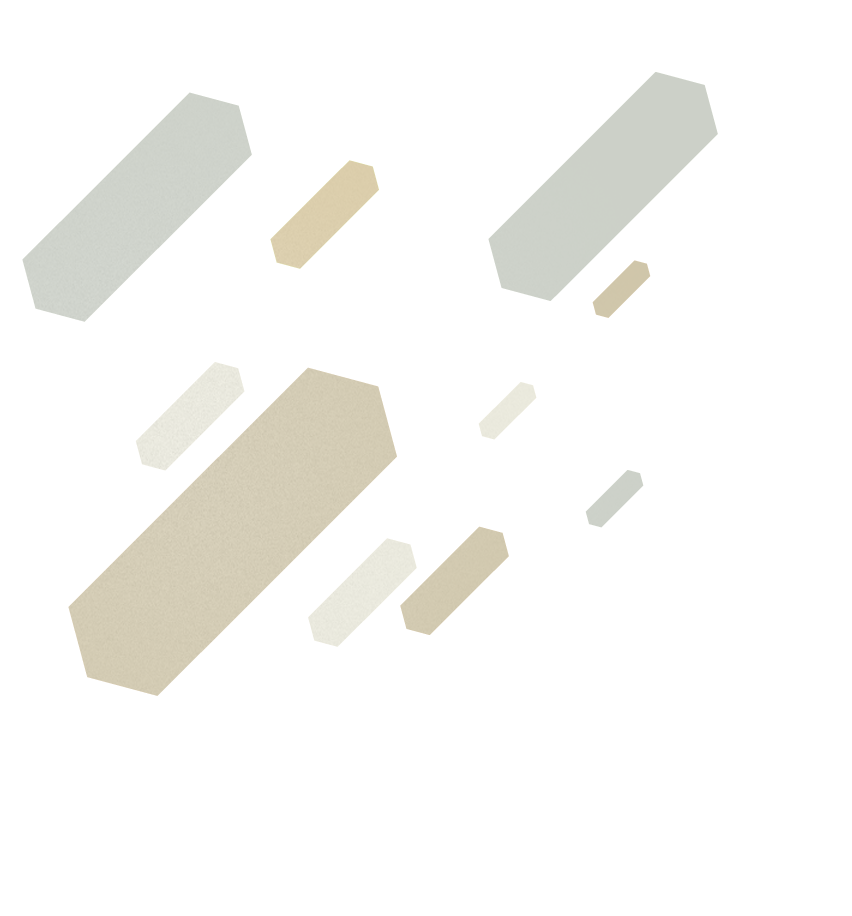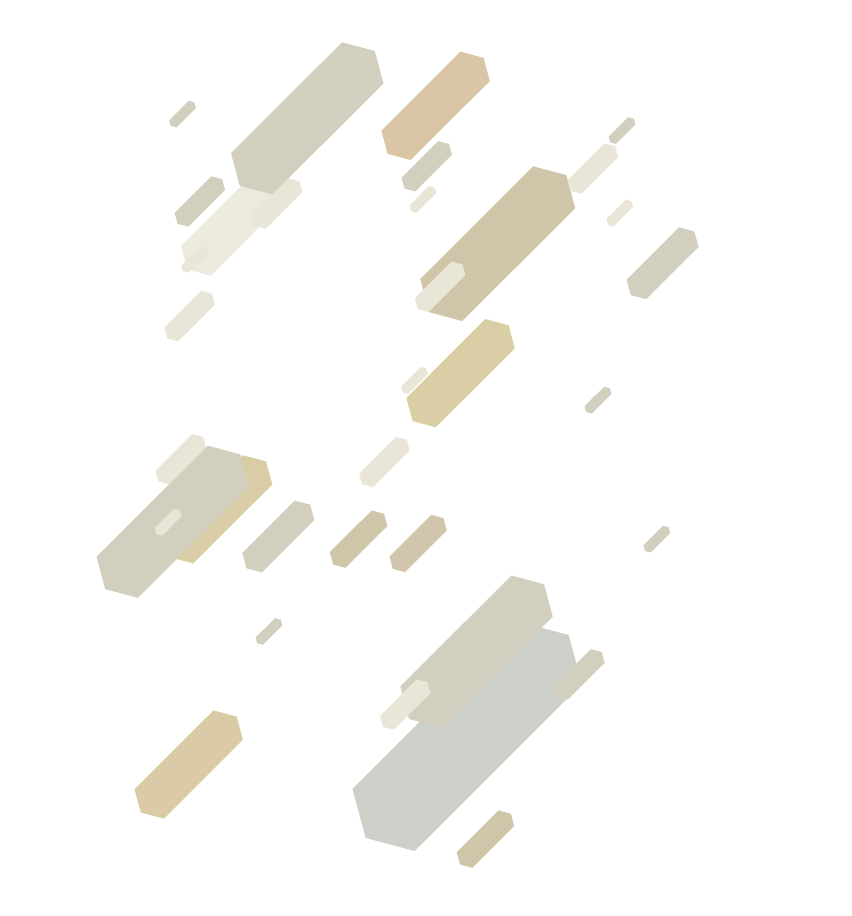


(...) String instruments derive from the archetypal act of stretching sheep guts over a wooden box. This act was motivated by the desire to usurp and control sounds. In both early, folk-ethnic, and especially – in the (broadly conceived) new music, the instrument is used as a device for sound production: a device that can be rebuilt, retuned, well tempered, prepared or “enlivened” by electronics. In this context, a wooden stick placed between strings takes on a symbolic meaning: it lets the violin creak (a pun on the Polish words skrzypce – “the violin” and skrzypieć – “to creak”). It turns the violin into a new instrument with a new sound, performance technique and expressive palette. Like it or not, it also marks the clear aesthetic limits of the classical philharmonic sound with its technical characteristics. In many musical institutions, those limits have become a kind of wall or shell that is exceedingly hard to break. For instance, the performers of piano works by George Crumb, a 20th-century classic in whose music strings are often stopped with the fingers, are often forced to play in rubber gloves which are supposed to protect the instrument – and perhaps also to warn the audience against the consequences of “evil touch”. (...) Sticks are inserted between the lowest strings of the violin and the viola. In this way, the sound produced on those strings loses its original qualities, becomes harmonically more complex and marked by interferences. Playing on prepared strings has always been particularly exciting to me, as it was only in the process of performance that I could learn the rules. Work on my piece began with improvisation and selection of those sounds that I found interesting, examination of their stability and the degree to which they could be controlled. I recorded all the stages of discovering and assimilating sounds, so that I could always go back to them, change and complement my music. Out of those recorded sounds I finally put together an acoustic model of the whole composition which became an alternative form of “notation” complementary to the score. The recording demonstrates very well how I tested and tamed those sounds. It also familiarises the performers with the composer’s intentions with regard to preparation, which may interfere with the sensitive sphere of the instrumentalists’ habits, such as the pressure on the bow, the speed of its movement, the position of the hand, etc. It is only by confronting the live recording – or its selected variants – with the graphic notation that we can define a clear margin of performance freedom, of playing with expressive gesture and with the contents of the extended, mobile sound. (...) My predilection for prepared and amplified instrumental sound is related to my fascination with the disappearing borders between virtual and “real” sound. In that borderline sphere, sound seems to be the most “alive”, the most open and distinct. Almost everything that we hear at any given moment can be recorded, modified or sent to any given place on our globe within seconds. Both the sound itself and its sources can take on complex and unique forms. (...)
I do not believe in any kind of culturally or scientifically justified “naturalness” of sound. I am only interested in its current state or condition, or rather – in its individual, subjective interpretation, the individual image of the sound “at play”. Composition is like preparing a sound vehicle for a journey. All the technical work, the tools, props or forms from the composer’s drawer may prove of use. It is important that we constantly browse through the contents of that drawer and add new elements. If we push it in a new direction, the sound vehicle will have to veer, turn back, pull up, accumulate contents, change and grow both in size and depth... It is that preparation of adventurous journeys for my vehicle that I would call “music”.
The complete commentary is available at:
slawomirwojciechowski.blogspot.com
Sławomir Wojciechowski, June 2011




